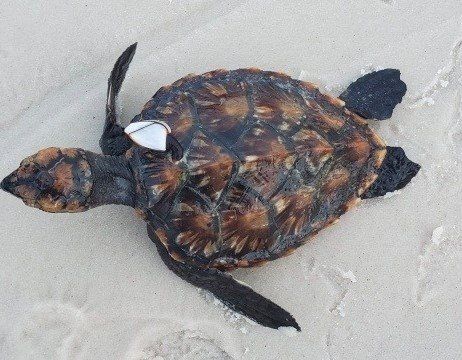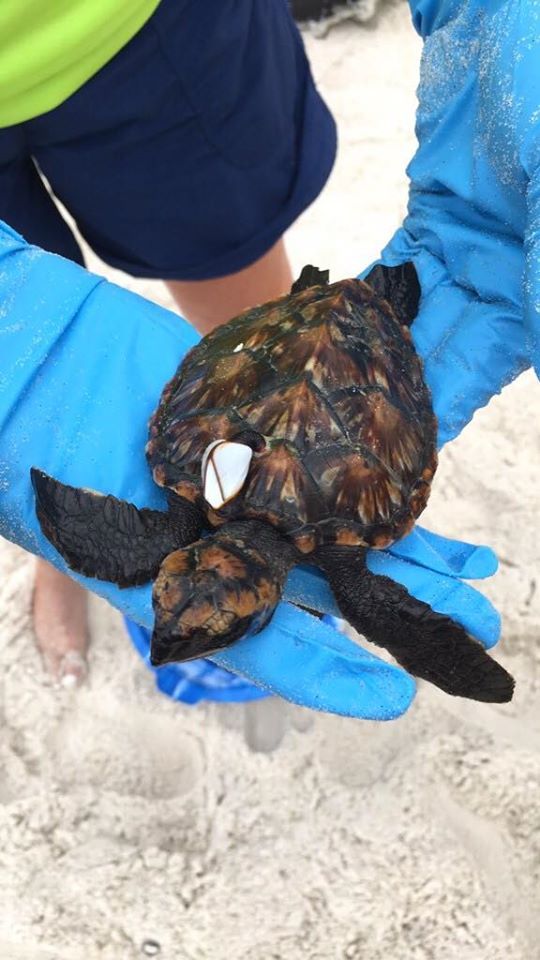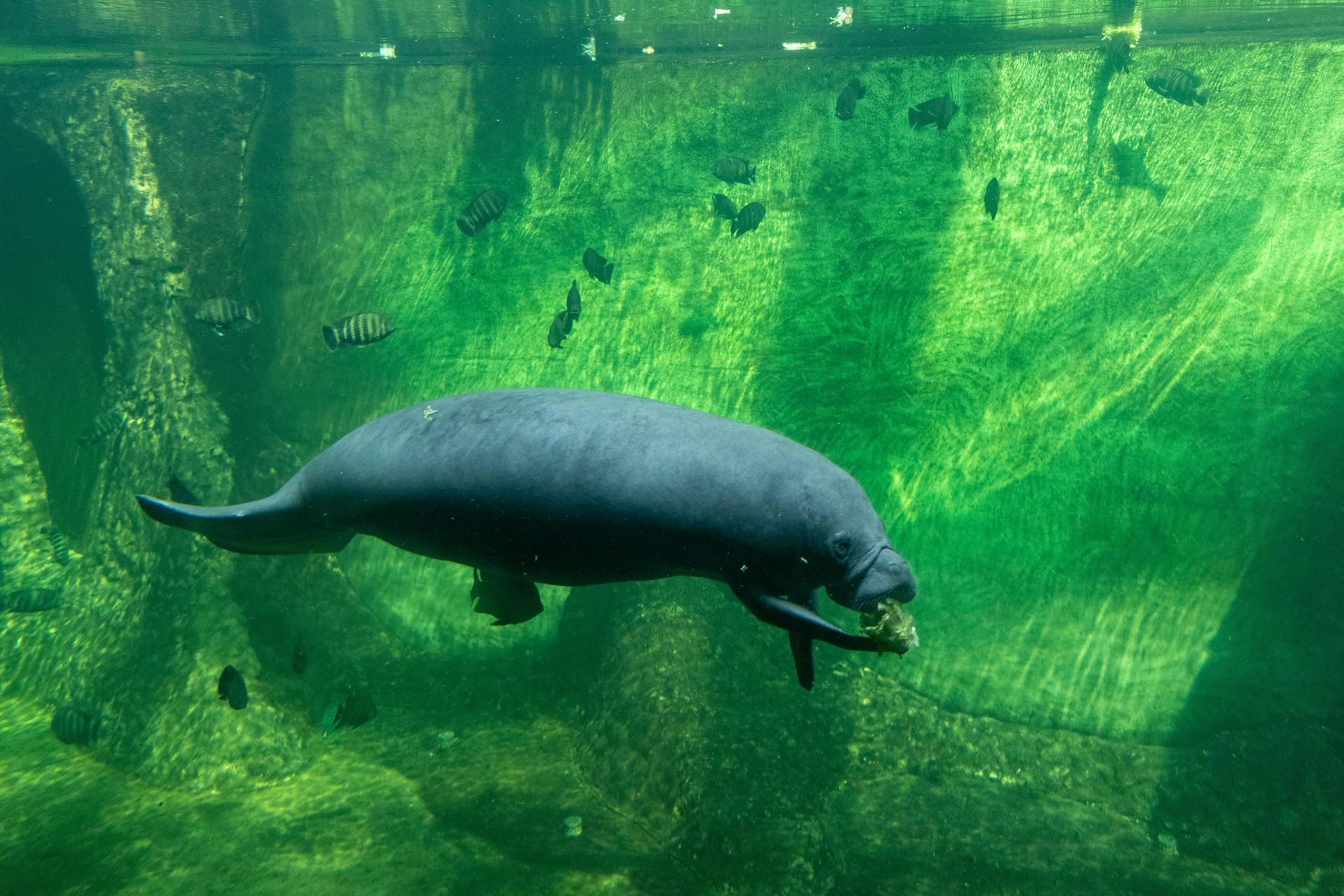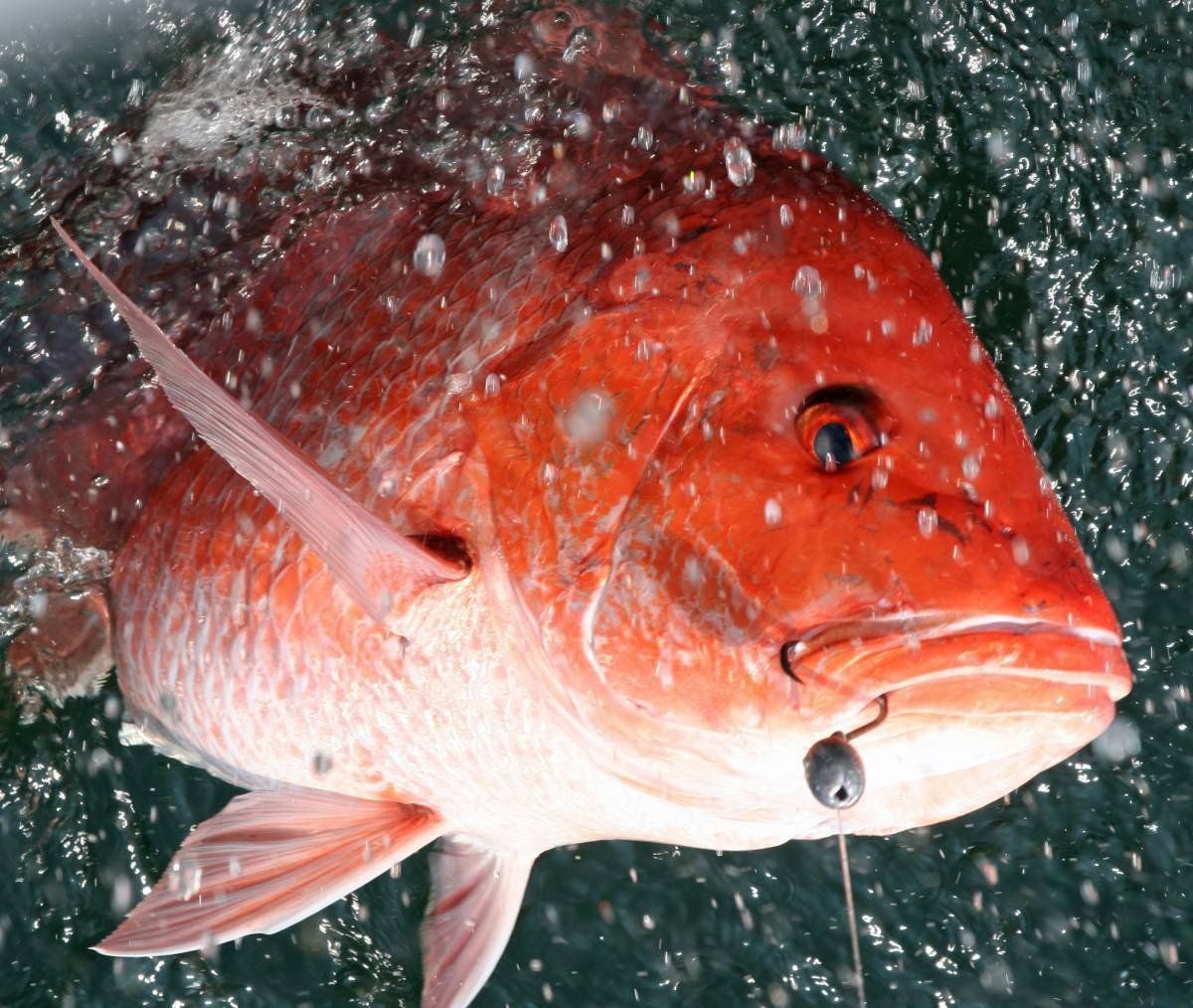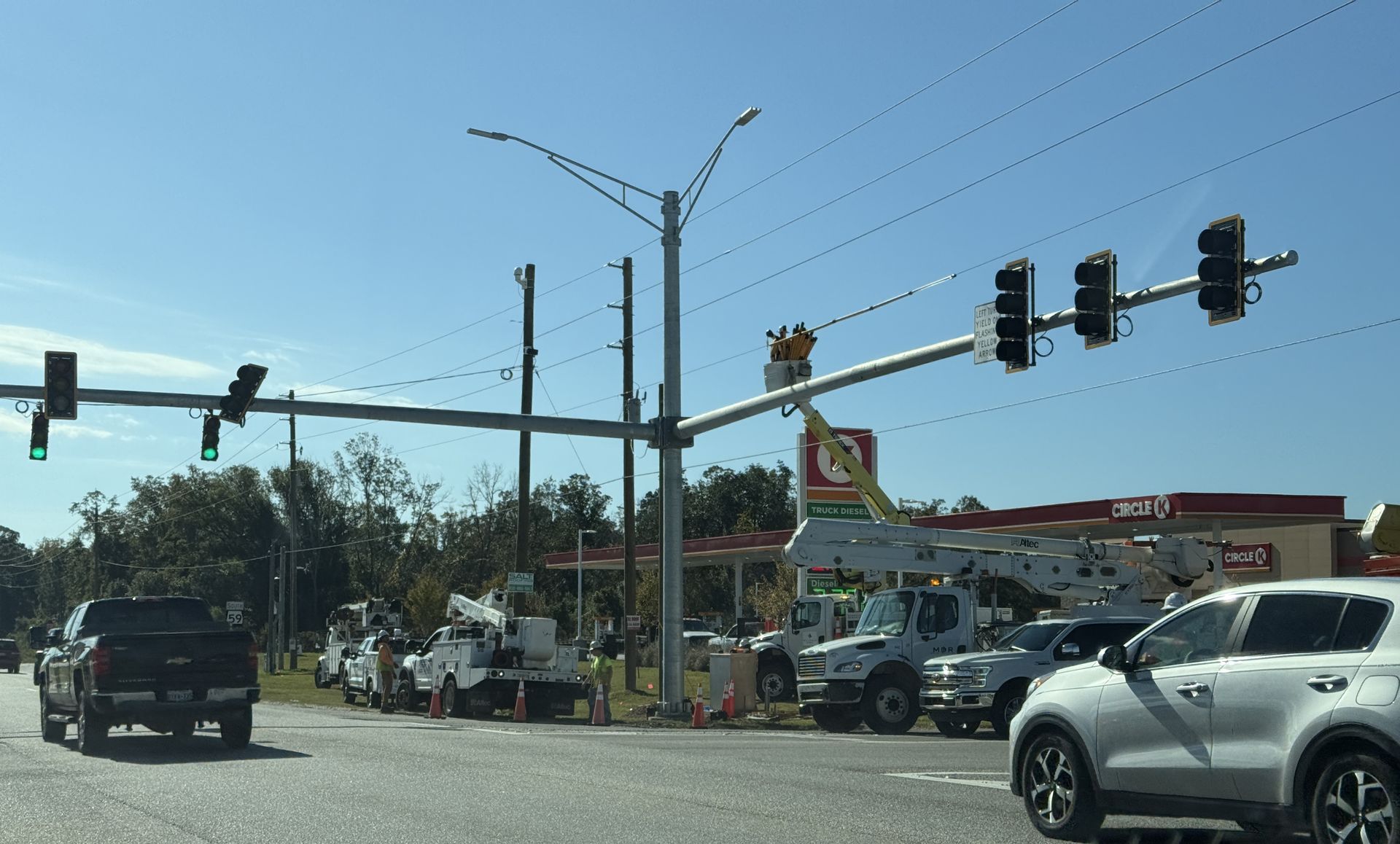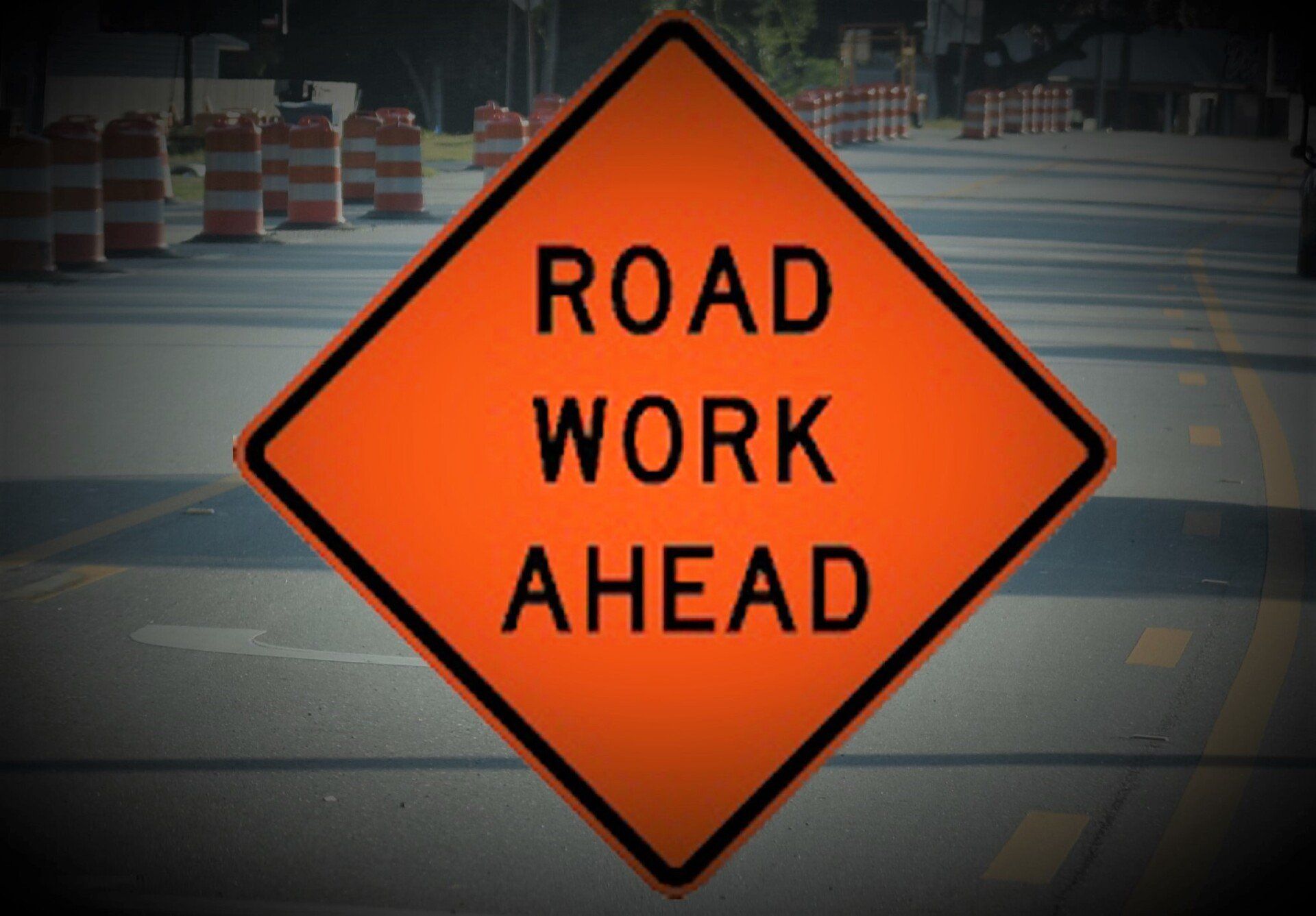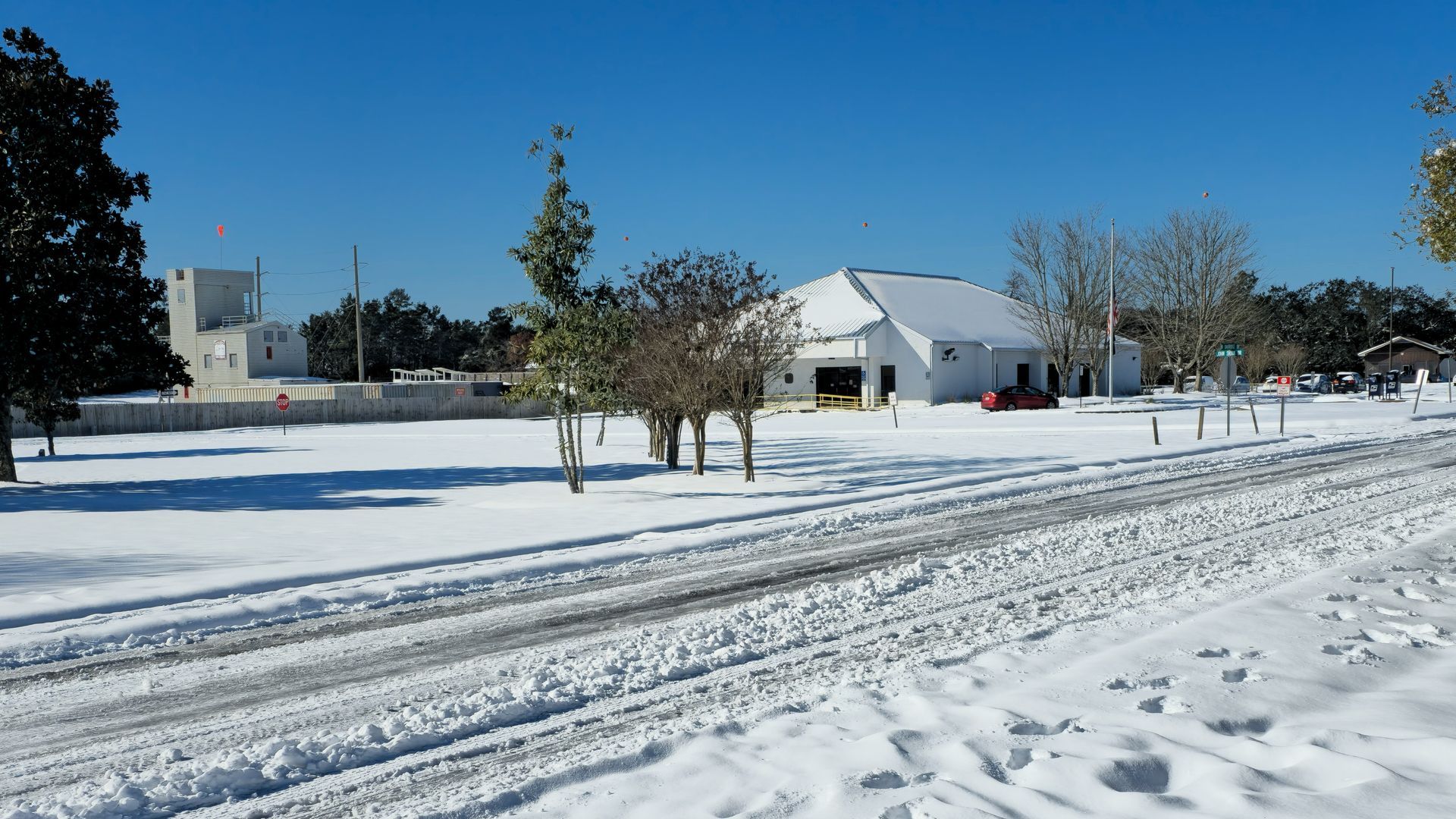“As far as strandings, right after the storm on June 9 there was two little hawksbills that were right around 10 centimeters long (about four inches),” Lyndsey Howell of NOAA said. “They were found alive and washed in so we assume that the storm picked up the hawksbills down in the Caribbean and transported them all the way up to us. It’s very rare to get a hawksbill and then to get a hawksbill that will fit in the palm of your hand. Little turtles are pretty rare.”
Howell is the Alabama Sea Turtle Stranding and Salvage Network state coordinator.
Adults hawksbill turtles are about are two and a half to three feet and can weigh between 101 and 154 pounds, according to the Sea Turtle Conservancy’s website. It’s named for its narrow head and hawk-like beak which allow it to get food from crevices in coral reefs. They eat sponges, anemones, squid and shrimp.
The most common turtle on the northern Gulf Coast is the loggerhead and can be two and a half to three and a half feet long, according to the Sea Turtle Conservancy’s website. Adult loggerheads can weigh from 155 to 400 pounds and generally feed on shellfish on the bottom of the Gulf.
“They eat horseshoe crabs, clams, mussels, and other invertebrates,” the website’s info on loggerheads says. “Their powerful jaw muscles help them to easily crush the shellfish.”
In late May, concern was raised before Cristobal when four turtle carcasses washed up on Bon Secour Wildlife Refuge beaches. But Howell said the deaths aren't rare and Alabama numbers are down based on counts in previous years.
“A lot of things go into play, obviously when four turtles wash in in a week,” Howell said. “Especially if wind had been blowing offshore and now blowing onshore. Sea turtles when they first die sink to the bottom but as they decompose the gases will start to build up inside of them and then they float to the surface. Then they are kind of at the mercy of current and wind blowing them on the shore.
“If they had been like four fresh-dead animals that would be very alarming. I get turtles that are at different states of composition, we still look at and we try to determine cause of deaths and looking at trends to make sure we don’t have one major thing causes a bunch of animals to wash ashore. Right now, for the state, we’re up to 25 stranded turtles for the year which is below our five-year average. We’re below, thankfully.”
Another factor is every May sea turtle volunteers hit the beaches looking for signs a momma turtle came ashore over night and left a nest full of eggs.
“Usually when May 1 rolls around our stranding numbers seem to go up because Share the Beach volunteers are great at reporting what they’re finding out there,” Howell said.
Before Cristobal Share the Beach volunteers had found 16 nests but Director Sara Johnson said most of those likely will not survive after being filled with or covered by water.
“If they weren’t completely marker-wise washed away then they did still did take on significant water,” Johnson said. “We do know that several of them actually had eggs washed out. We don’t know how many did. We saw a washout from two of them. We don’t dig down to see if the eggs are still there when we replace the markers because that would disturb their incubational process. If they are still viable.
“We do know that most of the markers were washed away so we have replaced markers on those but we don’t expect most of those to hatch. All of our nests so far are most likely from loggerheads. We don’t know for a fact but Kemps Ridleys tend to nest during the day and we’ve not had any reports of any daytime nests.”
Johnson said while loggerheads are the most common nesting turtles on Alabama beaches a few Kemps Ridleys show up as well. During the 2019 season, a green turtle left a rare nest on an Alabama beach. She said leatherbacks also rarely come up on Alabama beaches because the grass they eat doesn’t grow well in theses waters but is plentiful in Florida.

